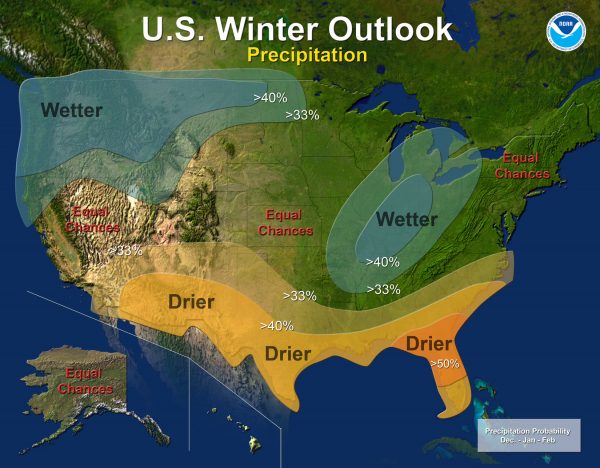We’ve written about the Great Pacific Garbage Patch in the past on a few occasions. However, it seems it’s a hot topic right now (perhaps getting some national TV news coverage tonight?), so I thought I’d revisit it and drop in some updated information on the huge garbage patch in the Pacific Ocean.
First of all, some orientation:
The Great Pacific Garbage Patch is actually two “garbage patches” in the Pacific Ocean, each about the size of Texas! Yes, Texas. Due to ocean circulation patterns, debris (especially plastic, which takes quite a while to disintegrate) accumulates in certain spaces. Think of it like there are two giant toilets out there that, when flushed (and they’re always flushing) slowly turn the water in the whole, gigantic ocean. Yep, something like that. (There are actually a lot of them around the world, such as the “Great Atlantic Garbage Patch,” but the Pacific has two of the biggest, and two of the most polluted.)
With hundreds of thousands of pieces of debris, especially plastic, floating around out there, you know it’s causing problems for ocean life. As reported before, plastic has been found in about 9% of Great Pacific Garbage Patch fish. Additionally, dead sea turtles and other marine life have been found to have huge stomach-fulls of plastic and other garbage.
An interesting (read: sad) note I just read is that about 10% of all plastic produced in the world ends up in the ocean.
Of course, huge hurricanes and tsunamis, like the tsunami that hit Japan last year, have an even greater impact on this topic. They pull even more debris, plastic, and God knows what else out into the oceans. Perhaps, with the anniversary of that horrible Japan tsunami and Fukushima nuclear meltdown approaching, more people are being informed about this Great Pacific Garbage Patch of plastic.
It’s always good to remember, what goes out into the environment, comes back into us. While it may not be evident at first thought, the plastic and other synthetic materials that sea life consume ends up in the stomachs of many humans, in one way or another. Even for vegetarians, like myself, there are many sea vegetables that may actually be taking some of this in as well. Not fun to think about, perhaps, but this is the world today. Fix it or live with the consequences.
Maps of tsunami debris, from last year, courtesy of University of Hawaiʻi at Mānoa.


Hi Zachary,
thanks for the (rather sad) update… this is actually horrible and I realized it is only the visible part… I don’t want to think what else gets into our oceans just by natural water circulation (rain on polluted areas, then this polluted water runs back to the oceans, but the evaporation leaves the pollution in the oceans).
And not to speak of other ‘land cleaning’ we’re doing like dumping our garbage, oil spills, tsunamis, floods, nuclear disasters, earthquakes, you name it.
Who knows how polluted they are right now… they must be polluted quite a bit I’d say, because that’s where the pollution goes one way or another and it stays there (at least the non-biodegradable parts) or it changes the water PH by chemical reactions.
About the plastic stuff, which may actually be radioactive by some degree I guess, we’re only lucky it floats, and the following project is an interesting one that could well help:
http://www.boyanslat.com/plastic5/
The other substances well I’d say that we only can make it better by stopping altogether the possibility of these getting into our environment. For fossil fuels the only way to stop pollution is by leaving them in the ground, for example.
Thanks. 😀 Nice development since this was posted.
Hi Zachary,
thanks for the (rather sad) update… this is actually horrible and I realized it is only the visible part… I don’t want to think what else gets into our oceans just by natural water circulation (rain on polluted areas, then this polluted water runs back to the oceans, but the evaporation leaves the pollution in the oceans).
And not to speak of other ‘land cleaning’ we’re doing like dumping our garbage, oil spills, tsunamis, floods, nuclear disasters, earthquakes, you name it.
Who knows how polluted they are right now… they must be polluted quite a bit I’d say, because that’s where the pollution goes one way or another and it stays there (at least the non-biodegradable parts) or it changes the water PH by chemical reactions.
About the plastic stuff, which may actually be radioactive by some degree I guess, we’re only lucky it floats, and the following project is an interesting one that could well help:
http://www.boyanslat.com/plastic5/
The other substances well I’d say that we only can make it better by stopping altogether the possibility of these getting into our environment. For fossil fuels the only way to stop pollution is by leaving them in the ground, for example.
Thanks. 😀 Nice development since this was posted.
This article is a little misleading in implying that there is a large area of garbage in the Pacific Ocean. It is really an area of ocean that has a higher concentration of plastic debris. Needless to say, it is bad for the ocean environment and marine life. Check out my article at
http://pure-green-living.com/where-some-of-your-electronics-really-go/
This definitely deserves national news and world wide news as this is a world wide clean up problem.